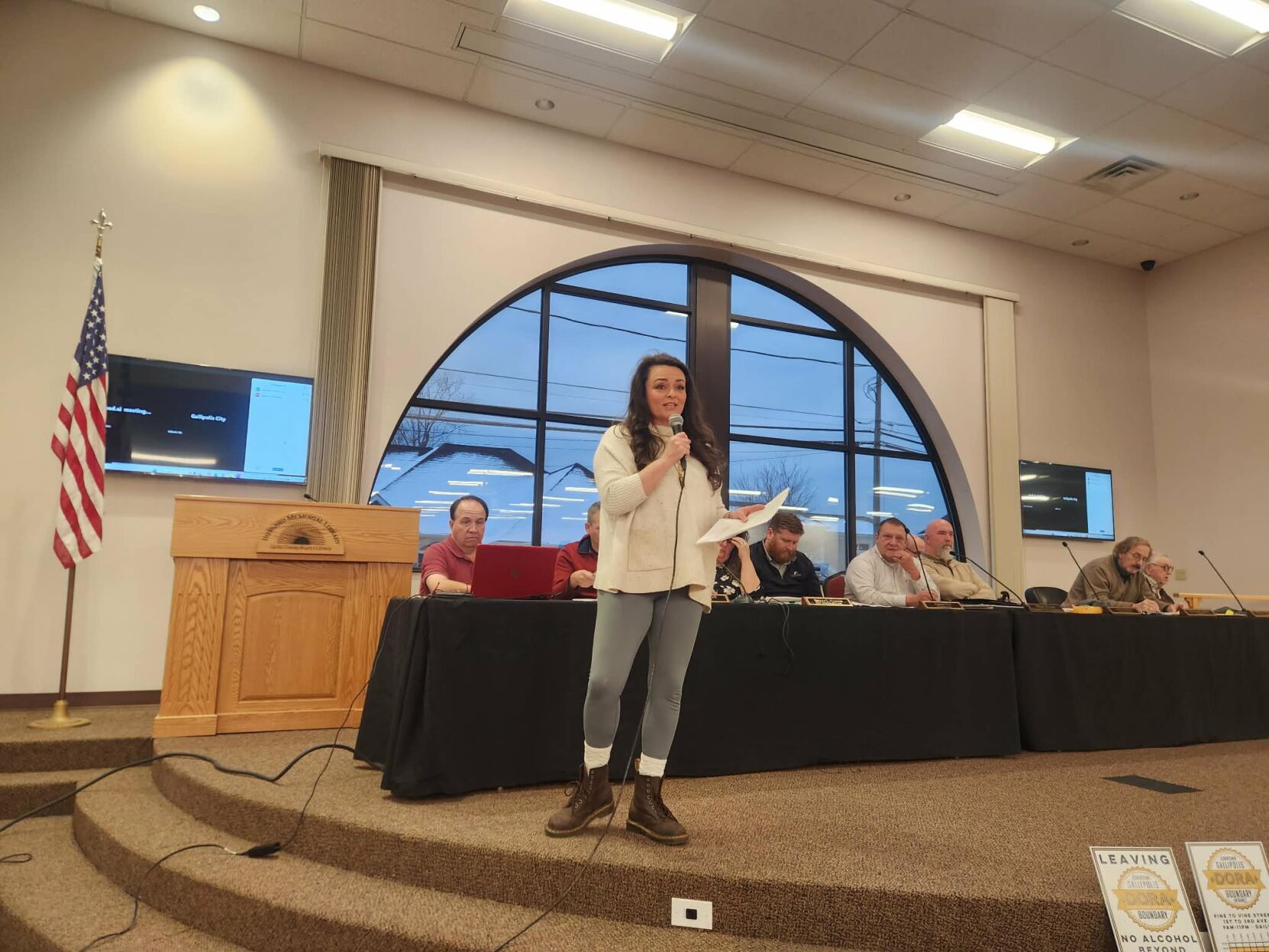Two decades after a bushfire devastated Canberra, destroying 480 homes, an Australian fire chief reflects on the lessons learned and how they might help regions like California combat their own wildfire challenges.
Fire lessons from the Australian capital, where a 2003 inferno changed everything
Key Takeaways:
- The 2003 Canberra wildfire started from a lightning strike and rapidly escalated.
- Powerful gusts can propel wildfires into urban areas, increasing destruction.
- Traditional hazard reduction burns have limitations against canopy fires.
- Grazing is an effective method to manage noxious weeds and reduce fire fuel.
- Learning from past wildfires can inform current practices in other regions.
A Wildfire Reaches the Capital
Exactly 22 years ago, a wildfire became a devastating urban fire in the Australian capital. On January 18, 2003, what began as a bushfire—as they are known in Australia—started by a lightning strike in the outlying mountain ranges quickly pushed its way into residential suburbs, propelled by powerful gusts. The catastrophe destroyed 480 homes, leaving an indelible mark on Canberra’s landscape and its community.
The Escalation of the Bushfire
The fire’s rapid progression highlighted how quickly a natural event can escalate into a disaster. An Australian fire chief reflected on the situation, noting, “On a typical fire, hazard reduction burns would slow the progression, but we’re only talking about those surface and ground fuels.” In this case, the usual preventative measures were insufficient against the intensity of the blaze.
Challenges with Canopy Fires
One of the critical issues faced during the 2003 fire was the difficulty in managing canopy fires. “If it’s a big strong fire that’s in the canopy, you can’t reduce those fuels—it would carry fire, anyway,” the fire chief explained. Traditional hazard reduction burns, which target surface and ground-level fuels, offer little defense against flames that have reached the treetops.
Limitations of Hazard Reduction Burns
Hazard reduction burns are designed to remove excess vegetation that could fuel fires. However, as the fire chief pointed out, these burns must be carefully managed. “Otherwise it’s either going to be too effective and actually destroy the environment. Or it might be not effective because it’s not burning hot enough.” The delicate balance required means that these burns may not always provide the desired level of protection.
Alternative Strategies: Grazing and Vegetation Management
In seeking solutions to mitigate such disasters, alternative strategies have been considered. “Grazing is another option, particularly for noxious weeds,” the fire chief mentioned. Utilizing grazing can help control the growth of vegetation that contributes to fire fuel, offering a natural method for managing the landscape.
Lessons for Today’s Wildfire Challenges
The experiences from Canberra’s 2003 inferno offer valuable insights for regions currently battling wildfires, such as California. Understanding the limitations of traditional fire management practices and exploring alternative methods like grazing could prove crucial in preventing future catastrophes. Learning from past events allows for the adaptation and improvement of strategies to better protect communities vulnerable to wildfires.











